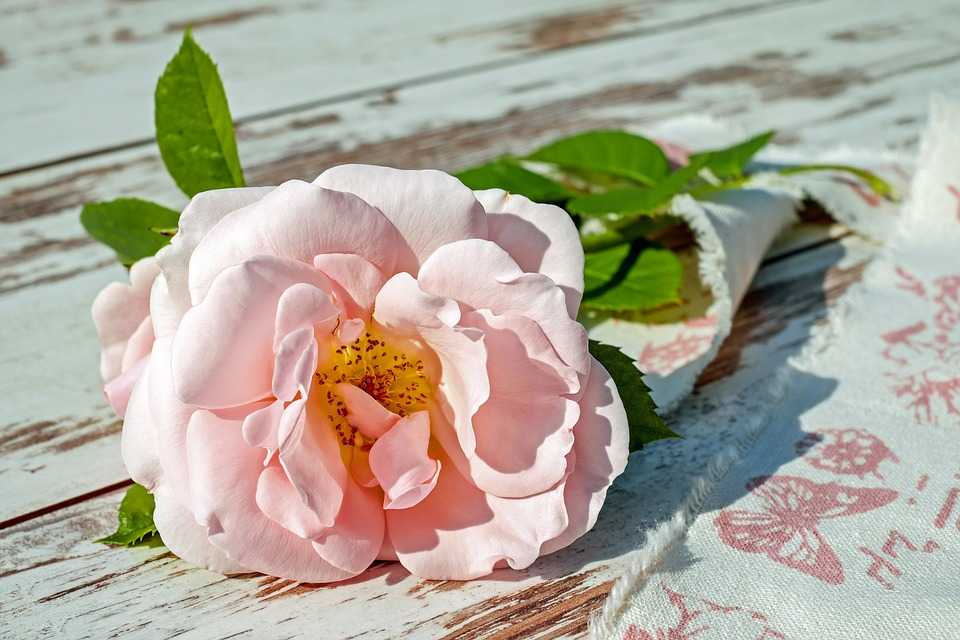
Flowers
There’s nothing more beautiful than a garden full of flowers that are color-coded to perfection. Imagine a landscape of flowers with all the colors in the color wheel. Flowers make the world less dull. They are not only pleasing to the eyes, but they are also beneficial to other living things. They are a natural remedy for us humans and animals.
It doesn’t matter if you’re a brown thumb. Everyone wants a splash of color added to their garden. If you want a home with bright hues and captivating scents, then you should grow flowers. You won’t be needing to buy grocery flowers when you have a ton of flowers to pick from in your backyard. If you already have cool-toned flowers in your collection, summer-colored ones are the perfect add-ons. Read on if you want to know about warm tinge flowers.
California Poppies
These dramatic flowers have light yellow and orange sepals, but sometimes they are orange in the middle and yellow on their tips. Its stems tend to sprawl, and its height is typically around not more than two feet. Their waxy leaves and stems are causing the hint of bluish tints. California Poppies (Eschscholzia) also thrive in the summertime.
Its flowers usually come out between the end of February and the first weeks of May. To promote its healthy growth, a good drainage system is significant. Minimal fertilization is needed.
Marigolds
These irresistible flowers can be distinguished by their yellow to dark orange hues. Other varieties are yellow with stripes of red, orange husks with yellow-coloured edges and red with yellow blemishes. Their leaves are deep green, divided, and have a ferny structure. They can stand from 6 inches to 6 feet.
They have a sweet, strong scent, and they are often used for essential oils for perfumes and added flavor for different cuisines and tobacco. They thrive in scorching summers and love warm climate conditions. Their blooming time is from the last days of spring to fall. They bloom for about eight weeks.
Marigolds are known to be easy to grow. It’s important to water them, especially in the hot weather. Mulch should be added to keep the moisture of the soil. Marigolds are often used as companion plants because they prevent worms and nematodes from damaging the roots.
Hawaiian Hibiscus
These Hibiscus flowers have sizes from a 2 to 6-foot long shrub to a 15 to 30-foot plant. Its different types have the red or deep red right in the middle of the flowers. Their flowers can grow from 4 to 6 inches. Their leaves have a rough texture, sharp edges, and range from 2 to 6 inches long. They don’t have a particular scent, but other types might vary.
Almost all types of hibiscus plants love tropical weather. They can bloom all year. It’s essential to water them thoroughly, especially in growing times. They also need a bit of pruning when leaves or flowers wither. However, this particular variety of hibiscus flowers is extremely rare and commonly found in the Hawaiian Islands.
Rudbeckia
Who wouldn’t want to cop these bright yellow and dark-eyed flowers? They are known as “ black-eyed Susans”. They will make your garden look like it got splashed with sunshine. They can size up to a height of 3 feet. Their leaflets are deep green. Their smell is primarily sweet, especially when it’s fostering.
They like to be under the full sun; therefore, they thrive in summer and autumn. They open up their buds also during summer and autumn. To be able to grow ideally, they need to be positioned under full sunlight with a partial shade. Their soil needs to be fertile with organic mulch, which should hold moisture during spring and summer. It is recommended to pour water through the soil instead of over the foliage.
Sulfur Cosmos
These types of flowers have yellow discs and yellow rays. Their flowers give off daisy-like features. They can be 2.5 in diameter and can develop from 3 feet to 6 feet tall. Their lanceolate leaves are about 12 inches long. They tolerate hot weather conditions and so, they bloom better in summer. And as expected, their season for blooming is during summer and fall time. They are easy to maintain, and they attract a good amount of birds, butterflies, and bees.
These plants can withstand drought and generally poor soil conditions. To get the most of their bloom, they need to be spoiled with full sunlight. They flower better in a whole steady light. They also like neutral to minimally acidic soils. They propagate in moistened and drained soil. Fertilizer isn’t needed as long as the soil is kept healthy.
Takeaway
These warm-hued flowers are perfect to grow, especially when you’ve completed almost every color in the rainbow except for the shades of summer. Most of these flowers are low-maintenance and are easy to nurture. Growing them would be one of the many sustainable ways to amplify the welcoming aura of your home.





